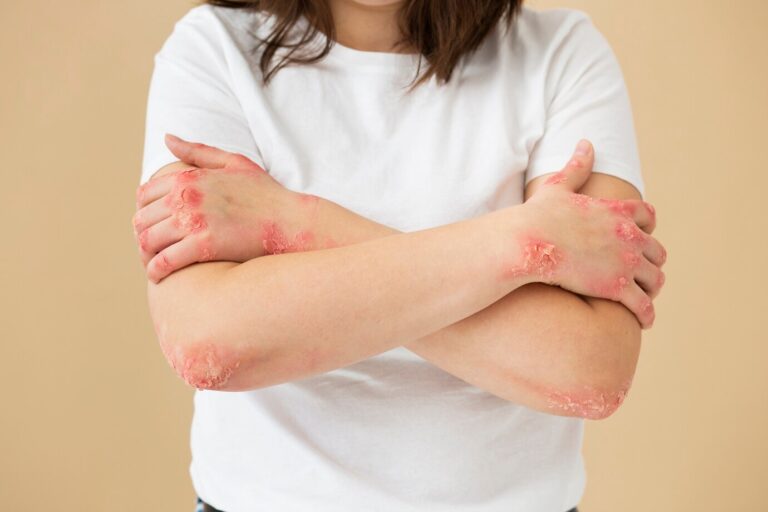Hives are a common skin condition that manifests as red, itchy welts on the skin. These welts can vary in size and often appear suddenly. They may fade within hours or persist for several days before disappearing. While they are often harmless, they can cause significant discomfort. This article explores the various triggers that may lead to hives, potential steps to avoid outbreaks, and guidance on when professional medical advice may be necessary.
What Are Hives?
Hives occur due to the release of histamine and other chemicals into the bloodstream, often in response to certain triggers. These itchy, raised welts can appear anywhere on the body and sometimes merge to form larger areas of swollen skin. While they often resolve within 24 hours, chronic hives can last for weeks or even months.
Hives are generally classified into two main types:
- Acute: These occur suddenly and usually last less than six weeks. They are often associated with allergens, infections, or certain medications.
- Chronic: These persist for more than six weeks and can reoccur intermittently for months or years. Identifying the cause of chronic hives can be more challenging.
What Are the Common Triggers?
Hives have a variety of triggers, which can differ greatly from person to person. While some individuals may experience hives due to direct exposure to irritants, others may develop them as a reaction to internal or environmental factors. Allergies are a leading cause of hives. Common allergens include certain foods (such as shellfish, nuts, and eggs), medications (such as antibiotics or aspirin), and insect bites or stings.
External environmental triggers can contribute to hives. These may include sunlight, extreme temperatures, pressure on the skin, or even water in rare cases. Exposure to irritants like pollen, pet dander, or dust mites can also lead to outbreaks. While physical factors are often thought about first, emotional stress can play a role in triggering them. Hives may also be linked to underlying medical conditions, such as autoimmune disorders or infections like the cold or flu.
How to Prevent Outbreaks
Preventing hives may involve a combination of identifying triggers and making adjustments to minimize exposure. Though it may not always be possible to avoid every outbreak, taking certain steps can significantly reduce the likelihood of developing them:
- Identify and Avoid Triggers: Pinpoint specific allergens or irritants that cause hives. Keeping a journal of activities, foods consumed, and environmental factors during outbreaks can help identify patterns.
- Make Dietary Adjustments: If specific foods are a known trigger, it may be helpful to eliminate or reduce these from your diet.
- Practice Stress Management: Adopting stress-relief practices can prove beneficial. Activities such as meditation, regular exercise, or practicing mindfulness techniques may help lower anxiety levels.
- Protect the Skin: Avoid excessive exposure to extreme temperatures, harsh chemicals, or tight clothing that may irritate the skin. Using gentle skincare products and protecting the skin from direct sunlight may also reduce irritation.
Your Next Step Toward Managing Hives
Hives can be uncomfortable and occasionally challenging to manage, but understanding their triggers and prevention strategies can help reduce outbreaks and improve quality of life. Identifying common allergens, protecting the skin, and incorporating stress-management strategies are useful tactics to minimize flare-ups. For persistent or severe cases, professional guidance can provide targeted solutions.

